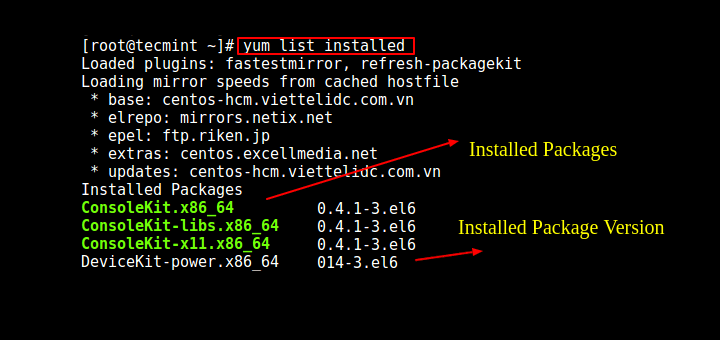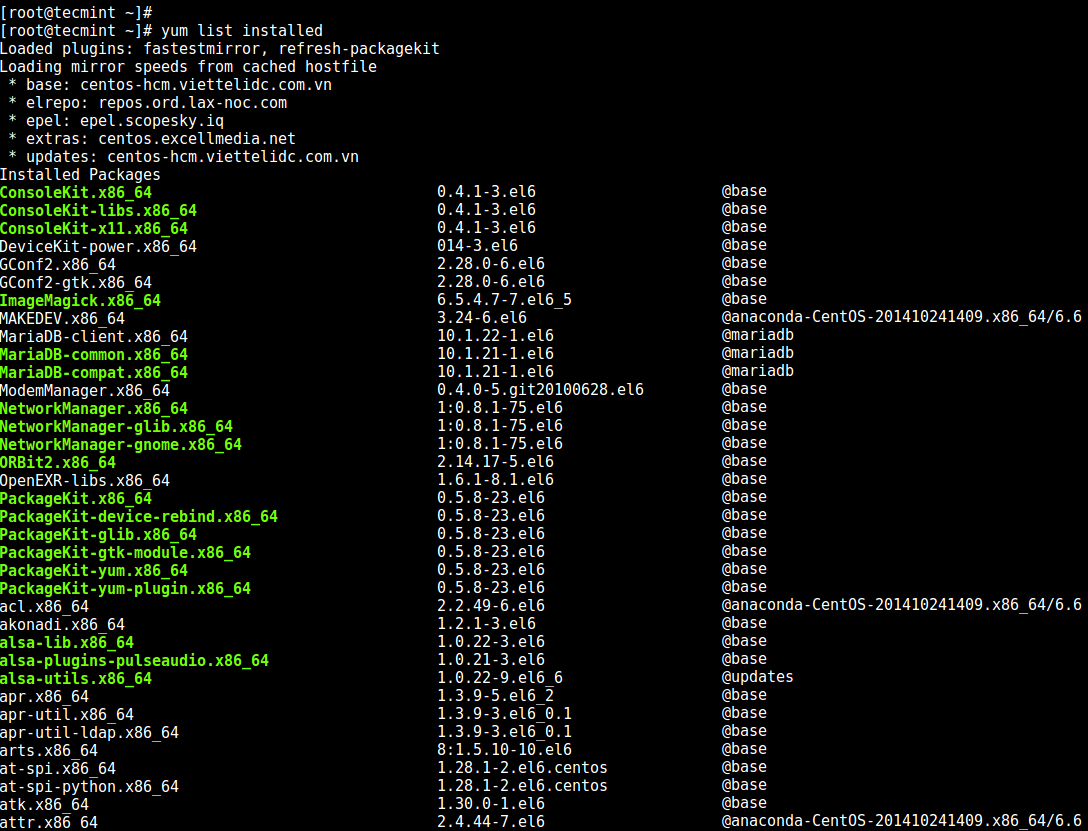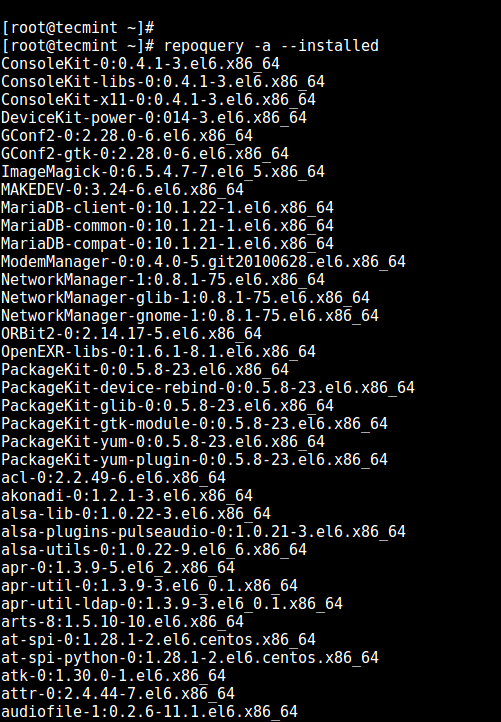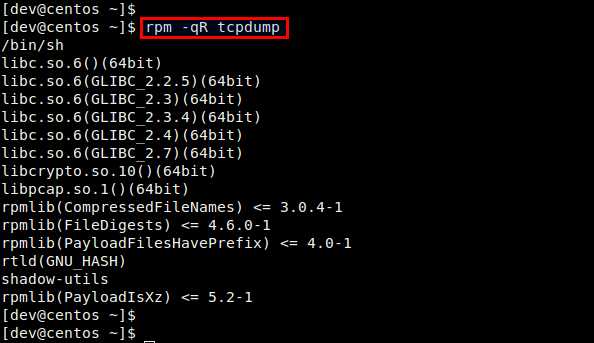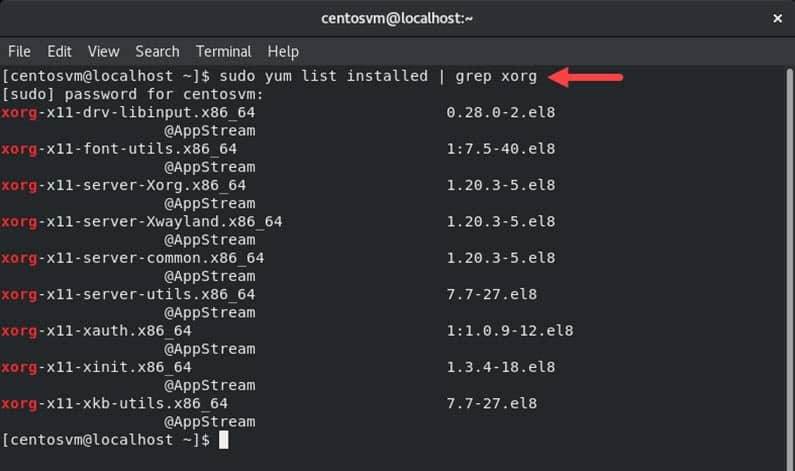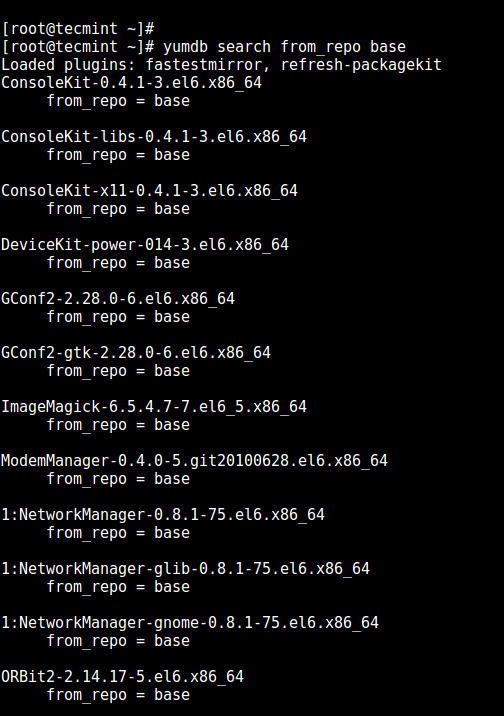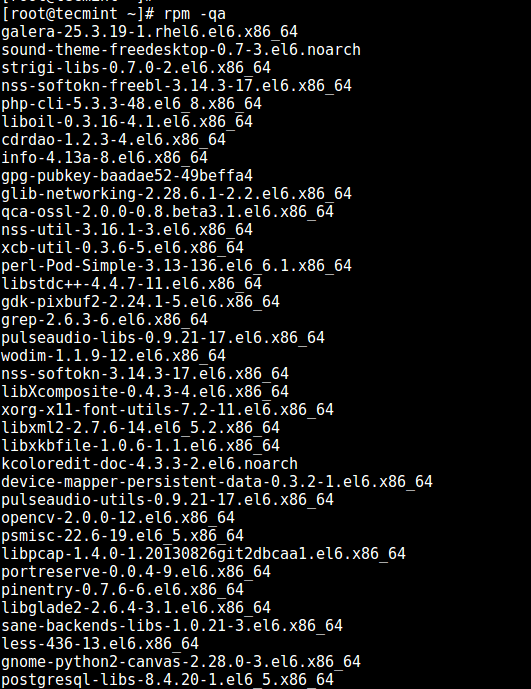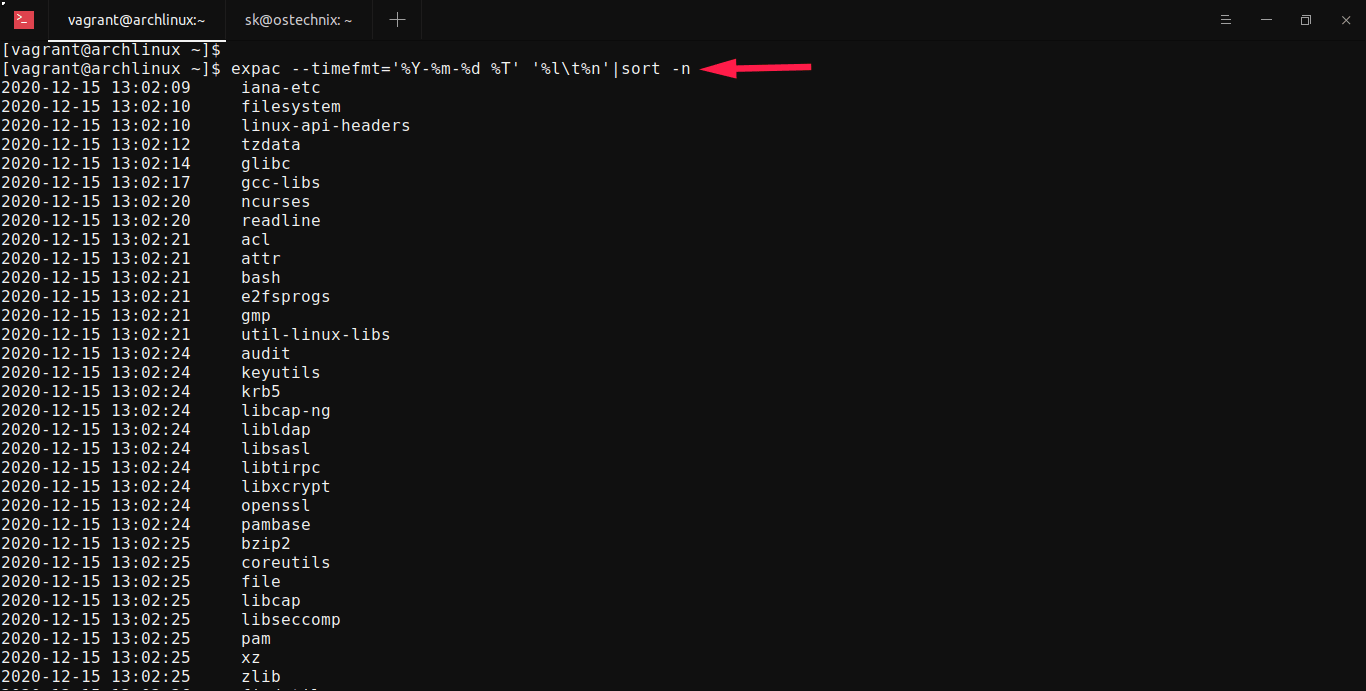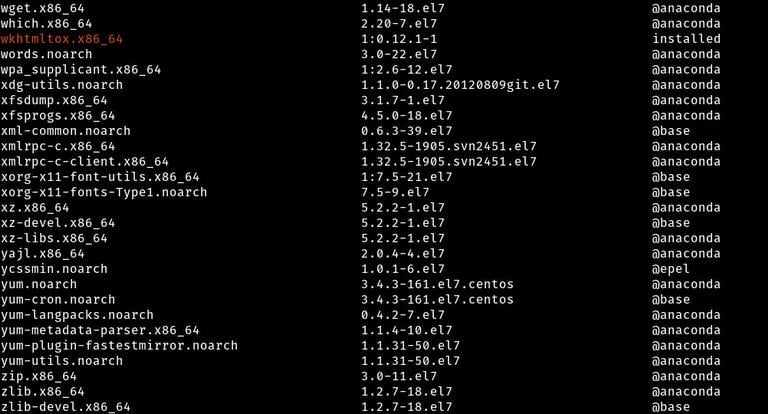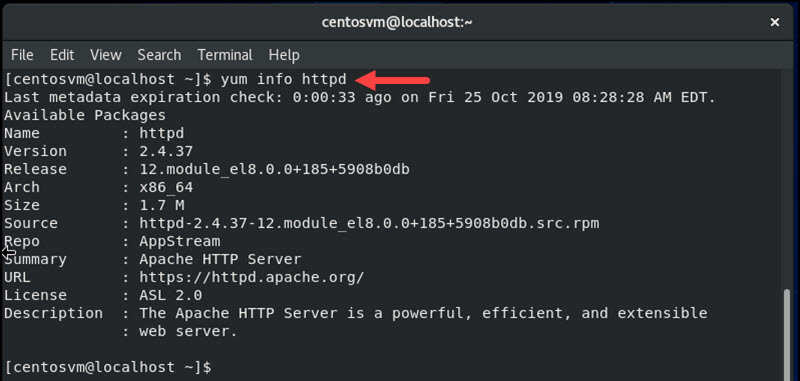Wonderful Info About How To Check Installed Rpm
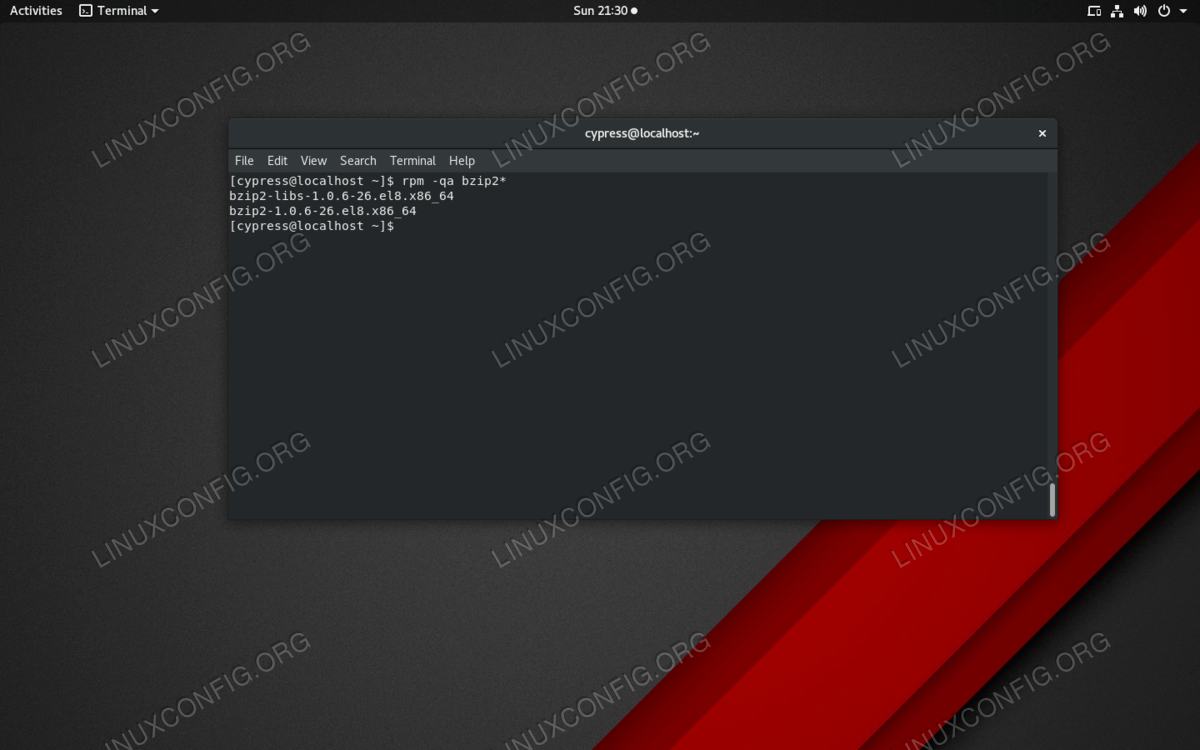
To show a complete list of installed rpms on a system, use the syntax:
How to check installed rpm. Run the following command, using root. One way is to use the ‘rpm’ command. If rpm is installed, this command will.
If you would like to figure out if a rpm package is installed on your system, the following command will help you to do that: Before we see how this is done, let's take a step back and look at the big picture. After the repository is added, install the microsoft build of openjdk by running the following commands:
One way is to use the rpm command. It is very easy to check if rpm is installed on linux. Depending on how you have sudo setup, you may have a sudo audit item executing rpm/yum tied to a specific user, or a user switching to root at that time in /var/log/secure.
There are a few ways to find out what rpm installed a file. This command will give you a list of all the rpm files that are installed on your system. All you need to do is open a terminal and type the following command:
To determine if the correct rpm package is installed on you system use the following command: This command instructs the alien tool to initiate the conversion. These packages can be downloaded and installed on any number.
The easiest way to locate all files installed from rpm package on your system is to check a rpm package manifest which shows all files and location for any particular rpm. Another way is to use the ‘find’ command. If you are using yum or dnf.


